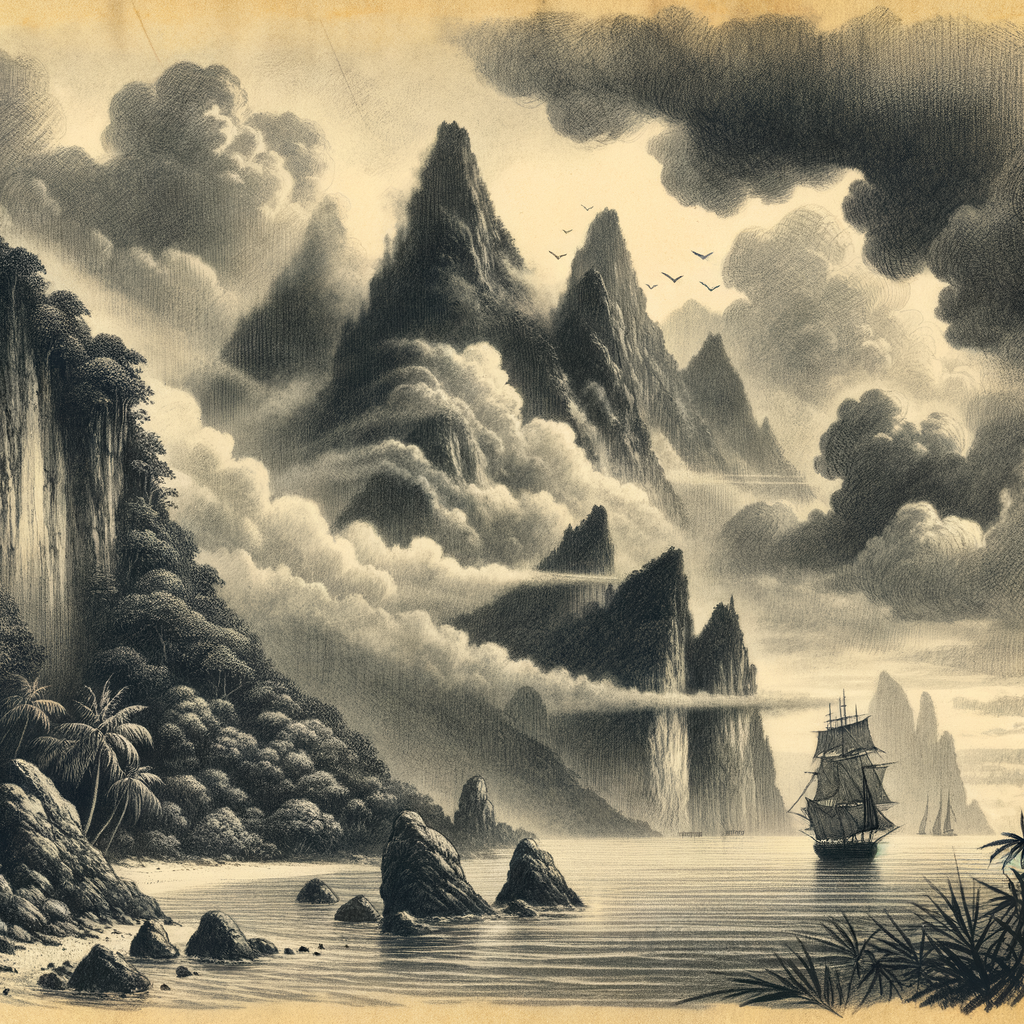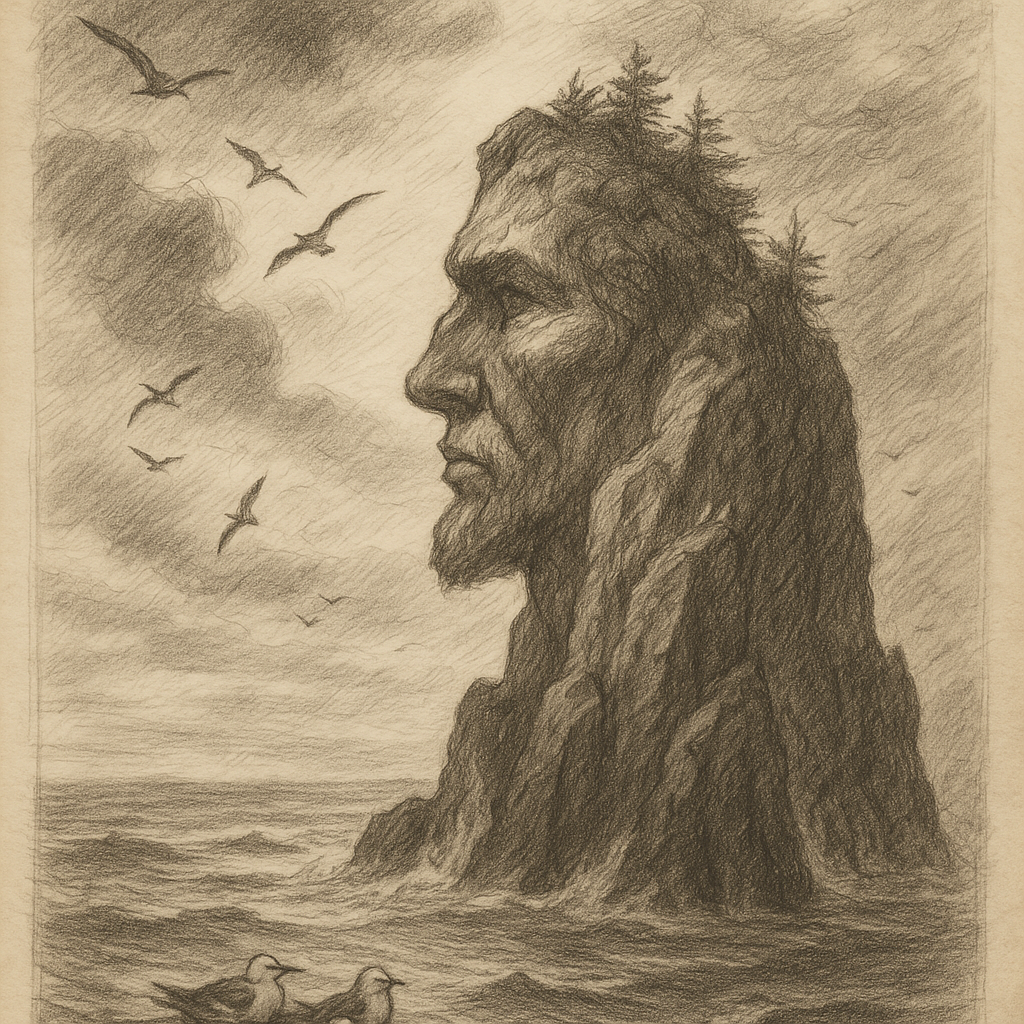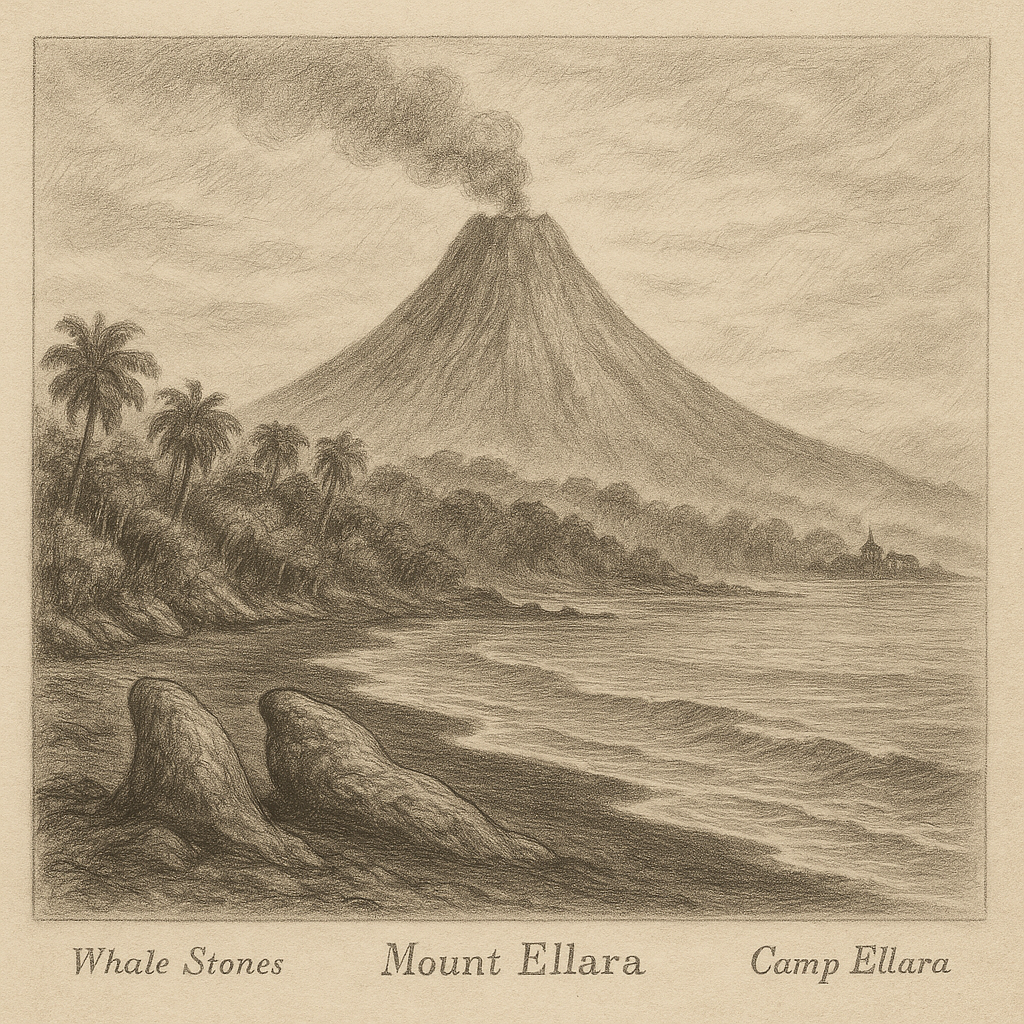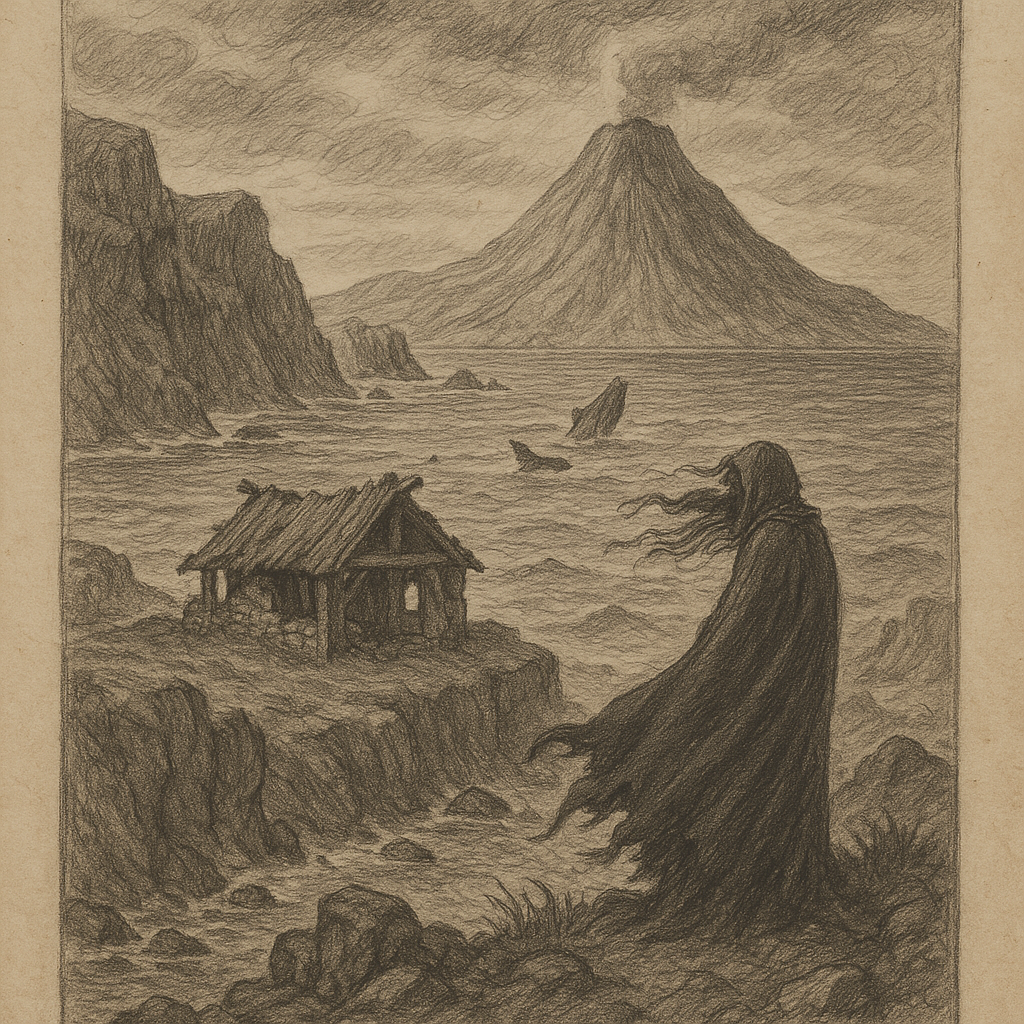Bougainvillea Island: A Remote Paradise Shrouded in Mystery
Bougainvillea Island is a remote and enigmatic island nestled deep within the heart of the South Pacific Ocean. Known for its rugged terrain, unique biodiversity, and remarkable isolation, Bougainvillea Island remains one of the least known and most fascinating islands in the Oceania region. It sits more than 1,200 kilometers from the nearest continental landmass, untouched by modern development and wrapped in layers of natural and cultural intrigue.
Location and Geography
Bougainvillea Island is located approximately halfway between Fiji and the Solomon Islands, lying along a secluded chain of volcanic islands stretched across the Bougainvillea Ridge — a lesser-known seismically active zone branching from the Pacific Ring of Fire. This remote volcanic outpost is part of a minor island arc shaped by tectonic movement where the Pacific Plate subducts beneath the surrounding microplates, offering a geologically dynamic landscape.
The island covers an area of about 36 square kilometers, with jagged cliffs rising steeply out of the sea and mist-veiled peaks that reach elevations of up to 612 meters. The terrain consists of dense tropical rainforest, sharp volcanic ridges, and ancient lava flows that testify to a fiery past. Despite its rugged coasts, several hidden coves and black-sand beaches offer rare landing points for small boats under favorable weather conditions.
Volcanic Origin and Climate
Bougainvillea Island is of volcanic origin, formed from a long-dormant stratovolcano that last erupted more than two centuries ago. Sulfur-rich steam vents and dormant craters remain scattered across the island, hinting at the volcanic energy that once shaped its contours. While there are no currently active eruptions, seismologists monitor subtle seismic activity in the region, which persists as a gentle reminder of the island’s volatile nature.
The climate is classified as tropical maritime, with consistently warm temperatures and high humidity year-round. Rainfall averages around 1,800 mm annually, supporting lush vegetation and a dynamic ecosystem. Tropical cyclones occasionally pass through the area during the wet season, but the island’s topography and minimal human presence mitigate significant structural damage.
Unique Biodiversity
Bougainvillea Island hosts an impressive variety of plant and animal life, largely due to its isolation and minimal human interference. The island is named for the vivid bougainvillea plant, which grows wild across its southern valleys and adds splashes of purple and crimson against the green canopy.
Several species of flora and fauna on the island are endemic, including the Bougainvillea ground dove (Gallicolumba bougainvillensis) and the Bougainvillea rainforest skink (Emoia bougainvillea). The island is also an essential breeding ground for numerous seabird species, such as frigatebirds, boobies, and storm petrels, and is considered a vital stopover for migratory birds.
Marine life surrounding Bougainvillea Island thrives in its protected, unsullied coral reefs. The underwater ecosystem supports a dazzling array of coral species, colorful reef fish, and large pelagic species like tuna and reef sharks. Occasional sightings of humpback whales and pods of dolphins are reported from researchers and sailors who manage to approach the island.
Human Activity and Access
Bougainvillea Island has no permanent population. The only human activity recorded in recent decades has come from scientific expeditions and conservation teams. A small research outpost, established on the northern plateau by an international environmental consortium, operates seasonally. The station monitors climate data, biodiversity, and the local ecosystem’s resilience to climate change.
Access to the island is strictly regulated. Visitors must obtain special permits issued by the regional conservation authority, and only those conducting ecological research or habitat restoration are typically granted access. Small charter vessels offer infrequent and costly trips to the island, and landings are heavily dependent on sea conditions.
Efforts are currently underway to maintain the island’s ecological integrity. In recent years, invasive species such as rats and ants were eradicated following an extensive three-year ecological campaign. This has allowed several vulnerable native species to rebound, improving the island’s ecological outlook.
Interesting Facts About Bougainvillea Island
– The island is named not because bougainvillea was native to it, but because early explorers mistook the wild flowering vines for the ornamental plant.
– The coral reefs surrounding the island host more than 300 identified fish species and 90 species of hard coral, making it a hotspot for marine biodiversity.
– Due to its remoteness, Bougainvillea Island has remained unaffected by invasive plants such as guava and lantana, which have devastated other Pacific islands.
– A rare tree species, the Bougainvillea myrtle (not related to actual myrtle), found only in highland forests of the island, has become a symbol for island conservationists.
– The island’s climate records, collected over 20 years, have contributed valuable insight into how isolated ecosystems respond to atmospheric changes.
Legends and Local Lore
Although Bougainvillea Island is uninhabited today, it features in the oral traditions of several Pacific Islander communities, especially those of the southeastern Solomon Islands. According to legend, the island was the domain of “Luma’ata,” a sea goddess known for her protective energy and sudden temper. It is said that she guarded the island with fierce storms and thick mists to keep it from being desecrated by humans.
Another prevalent story speaks of the “Seven Stones of Bougainvillea,” a group of volcanic boulders on the southern tip of the island said to be ancient chiefs turned to stone for trying to steal the goddess’s sacred tree. During low tide, these stones are visible from the beach, and local lore advises not to touch them, as doing so may invoke the goddess’s wrath.
Some tribes believe that Bougainvillea Island is a place of spiritual passage and reincarnation. Shamans from distant islands would embark on solo journeys to the island as a rite of spiritual renewal, recounting visions of ancestral spirits and encounters with “sky beasts” — mythical flying entities said to originate from the island’s highest peak.
Final Thoughts
Bougainvillea Island remains one of the South Pacific’s best-kept secrets. With its pristine environment, deep biodiversity, and haunting legends, it beckons to those with a thirst for the untamed and a heart for conservation. Whether considered through the lens of science or myth, this isolated jewel continues to captivate and mystify anyone fortunate enough to learn of its existence.



